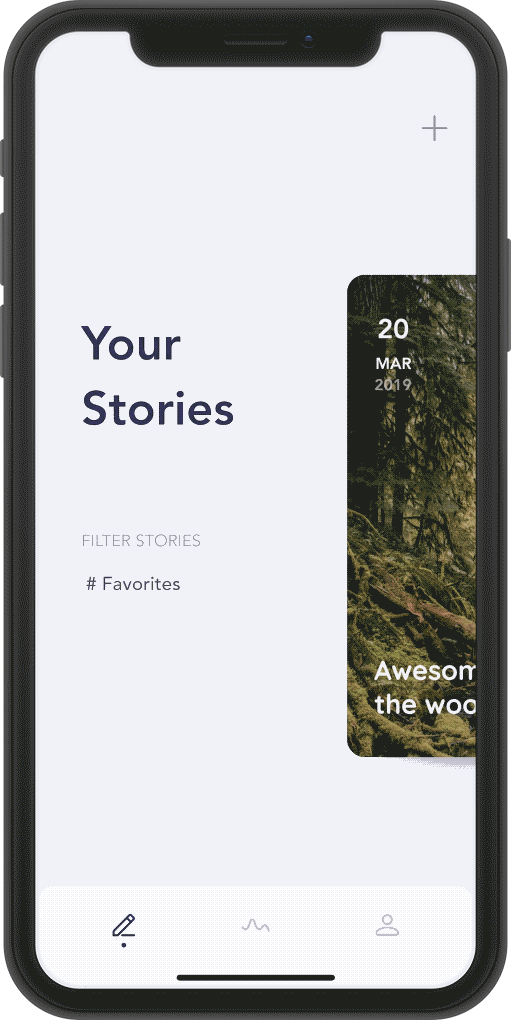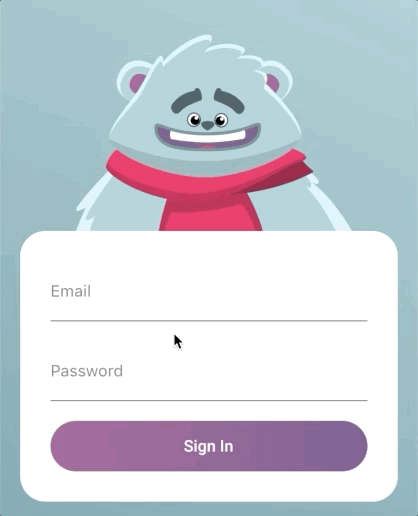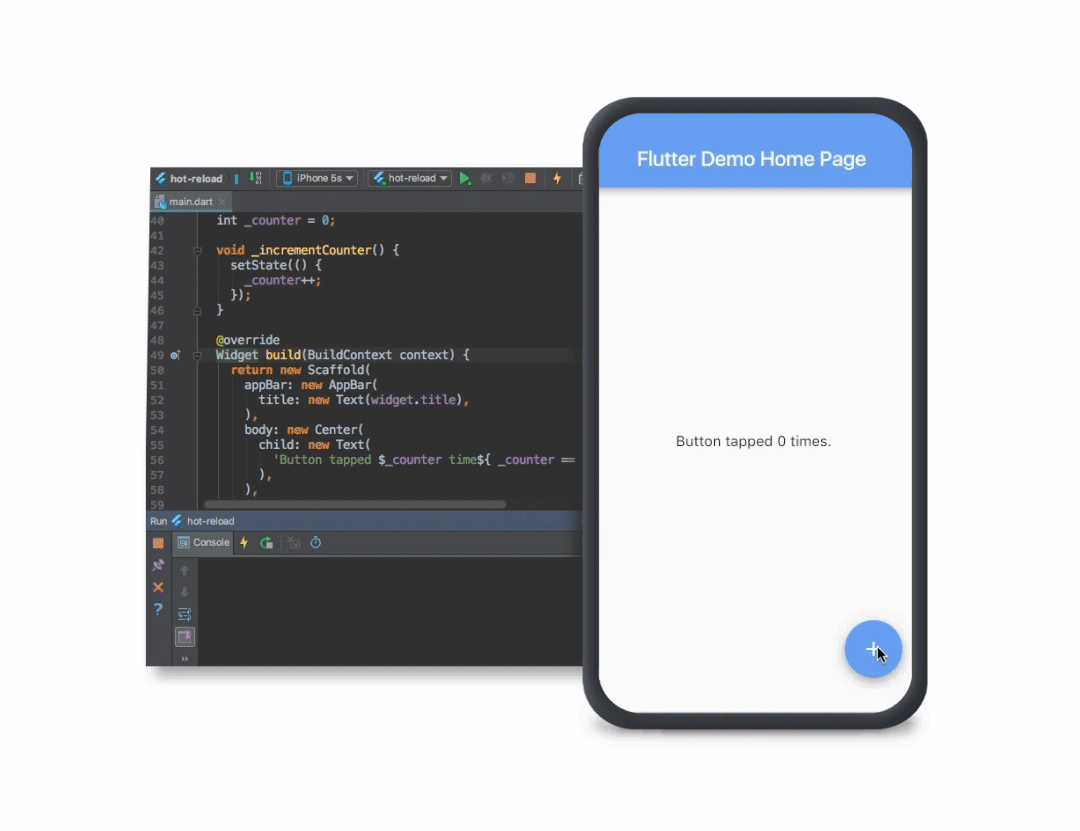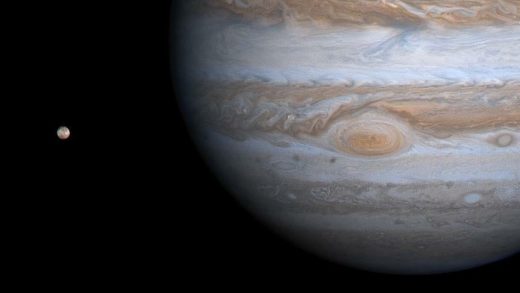Mobile development is full of compromises. When you’re building a new app, you’re often forced into a difficult choice: do you build the same app twice—once for iOS, once for Android—so that you have a high quality experience for both platforms? Or do you create one app from a shared codebase that works across both platforms, but doesn’t have the performance or user experience you were hoping for? Flutter offers a third way: enabling high-quality user experiences with excellent performance, along with letting you express your designers’ intent and share a common codebase.
Whether you’re an entrepreneur with a new app idea, a developer who’s frustrated by the edit-compile-debug cycle of building an app, or a designer who wants to be able to iterate on new design concepts, here are a few reasons why you should consider creating your next app with Flutter.
Beautifully-designed apps on each platform
Creating app designs can involve trade-offs between the creative intent of a designer and the reality of what actually goes into production. Mobile designers and developers often work in different worlds, separated by a hard boundary between the different tools that they use and challenges with iterating on a design during the development process. Sometimes the designer’s vision is compromised by limitations in the APIs or framework the developer uses; sometimes, visual polish gets deferred until “later” because of other development work (and “later” often means “never” in practice).
With Flutter, you have control over every pixel on the screen from the beginning, including a full set of widgets that deliver pixel-perfect experiences on both iOS and Android. Designers are using Flutter to create attractive experiences like Reflectly, the number one journaling app on the Apple app store:

There are also some design tools made for Flutter—like 2Dimensions Flare, which you can use to build animations and incorporate them into any app with a single line of code. Here’s an example of a custom animation built with Flare that interactively follows your typing at login:

You can find more details about this example here.
And Supernova, a design-to-code tool, recently announced support for exporting Sketch designs directly to Flutter, allowing users of this popular design and wire-framing tool to turn their ideas directly into code.
Fast apps on each platform
Rather than introducing a layer of abstraction between your code and the underlying operating system, Flutter apps are native apps—meaning they compile directly to both iOS and Android devices.
Flutter’s programming language, Dart, is designed around the needs of apps that are created for global audiences. It’s easy to learn, contains a comprehensive set of libraries and packages that reduce the amount of code you have to write and is built for developer performance. When you’re ready to release your app, you can compile your code directly to the ARM machine code of your phone—meaning what you write is exactly what appears on the device—so you can harness the full power of your phone, rather than using a language like JavaScript that needs a separate engine to run.

Flutter rendering animations on the phone in real-time.
Flutter isn’t a games engine, but it brings games-level performance to your application. Every pixel in Flutter is drawn with the Skia graphics engine: the same hardware-accelerated engine that powers Android and Chrome. This combination enables fast, glitch-free performance for apps—meaning that apps can operate on a phone’s screen at 60 frames per second—which will never feel sluggish, even on a slower device.
Productive app creation on each platform
If you’re a mobile app developer, you might feel like you spend more time waiting than coding. When you make a change to your code, you have to recompile it, deploy it to a mobile phone and then bring the app back into the same state it was in before you made the change to see the results. By contrast, Flutter introduces a new capability called Stateful Hot Reload, which transforms this development cycle, letting you implement changes in milliseconds—not minutes. Stateful Hot Reload also allows better collaboration between developers and designers when they want to improve the app design and immediately see the effects.

Changes to an app’s user interface and logic are updated in the app without the need for recompilation.
Teams using Stateful Hot Reload report major gains to their productivity when making apps. Combining the quick turnaround on changes with the ability to ship for both iOS and Android, we’ve seen apps from brands like Abbey Road Studios, Hamilton and Reflectly go from writing their first line of code to a published app in just weeks.
Get started today
We just launched version 1.2 of Flutter at Mobile World Congress 2019. We encourage you to try Flutter by visiting flutter.dev. You’ll find all the resources you need to get started including videos, codelabs, case studies, documentation and community links.









